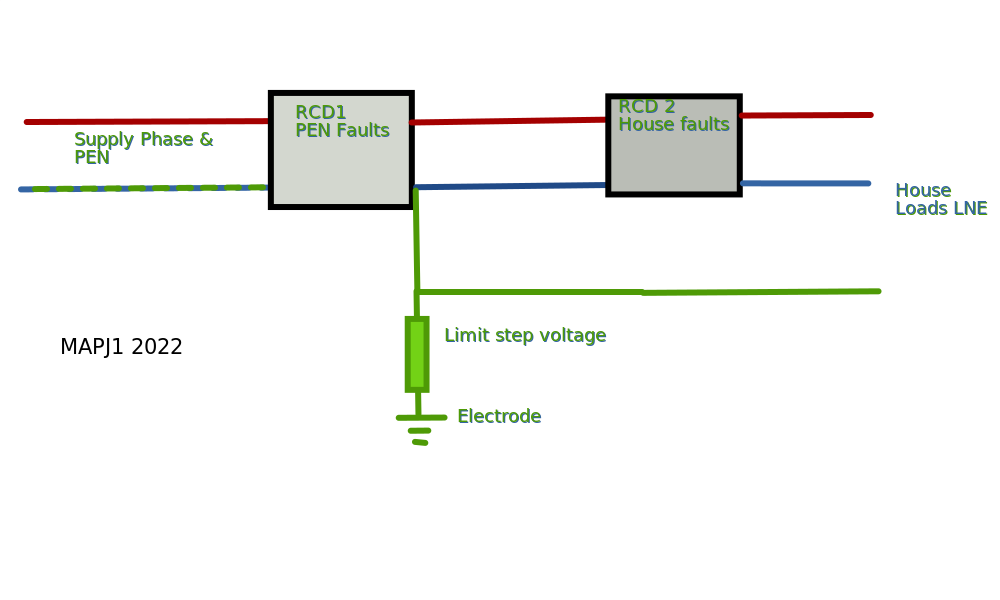So for the past 5 years if so I have been seeing and experienced a phenomena known as diverted neutral current or diverted networks current.
It has a few names. Much like the incredibly slow realisation that type AC RCDs have had their day. Even though type A has been about over twenty years.
I get at least two / three messages a week from electricians who are now using clamp meters to check the earth conductors of LV installations. Low and behold they find anything from 2A up to 169A in a few cases.
I have research this at work for the last few years and some of the work I have ensured is published via the following link.
http://tangle-tamers.com/page21.html
We have also managed to produce a visual guide for measuring this issue. This work also helped with the Broken PEN IET article.
It appears the aged life expired state of the LV network is a bigger problem and will only continue to grow. The use of CNE cable has been a tad o IMO. Years ago the RECs admitted cost was the key factor, but made the decision based upon a REC. a government owned network. Since privatisation the DNOs have fixed on fail, leaving the LV side unmonitored to a large extent. This is now slowly changing. But we assume a broken PEN conductor or failure of this can cause hazardous over voltages but also large amounts of network currents bypassing the broken PEN and importing and exporting on domestic earthing in some cases.
whilst the number are small in the scheme or things. It’s a growing issue. The network know about it. But the industry appears to not be discussing it. Why do we not get a safety alert for all electricians nationally. If we find this why are the DNOs and yes some are taking horrific decisions. And in some cases charging. I’ve issued a safety alert for the Railway where I work.
be good to gauge folks thoughts as a broken pen gives you CNE consideration in a home, not allowed by BS 7671 and also brings up the whole what is safe isolation with this in mind. We never consider earth as a energised conductor and only ever consider rise of voltage. Maybe with changing and ageing networks, non linear loads etc. We need to change the way we see things.
I live in hope the networks will be more open on this.
thoughts..
